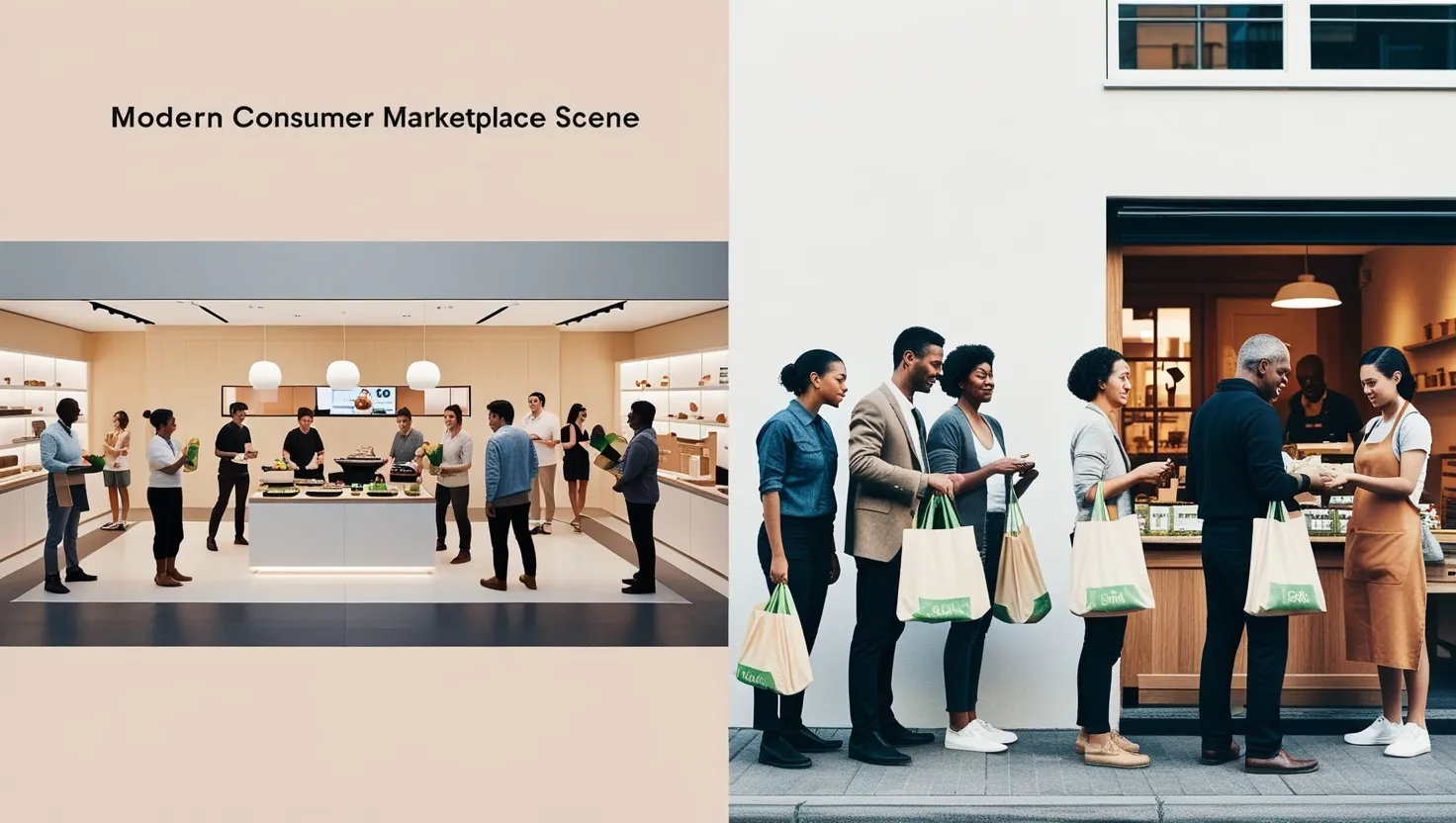What fascinates me most as I observe the consumer landscape this year is how predictably unpredictable it’s become. Just when businesses think they’ve figured out what makes shoppers tick, the ground shifts. If you’re wondering what’s really driving these changes in 2024, you’re far from alone. Let’s walk through what’s changing and why, not just in broad strokes, but in those smaller details that often go unseen.
Have you noticed how, lately, people seem to collect memories more than things? This isn’t just about wanting experiences, but about rethinking value itself. Where a new phone or a designer bag might have been the trophy purchase a few years ago, today’s consumer is booking a last-minute flight, splurging on a chef’s tasting menu, or seeking out live entertainment that brings something memorable to an ordinary weekend. The lines between retail and recreation are blurring as stores host pop-up concerts or culinary workshops, shifting away from just moving product. In a way, we’re seeing a return to the marketplace as a meeting place, not just a store.
“People will forget what you said, people will forget what you did, but people will never forget how you made them feel.” These words from Maya Angelou find new relevance in retail, where companies recognize that selling isn’t just about the item, but the impression.
It’s natural to ask: if experiences are in, does that mean stuff is out? Not exactly. Physical goods are still in demand, but the desire for “something more” is driving brands to get creative with how they engage shoppers. Some are layering unique events into their stores, while others integrate digital storytelling or immersive tech. Even a grocery run can turn into a mini-adventure with clever sampling stations or themed displays.
One shift that keeps gaining ground is the slow exodus from endless monthly subscriptions. Remember when every service wanted five or ten bucks a month from you? At some point, many of us woke up to a credit card statement filled with forgotten streaming, software, and fitness memberships. The phrase “subscription fatigue” doesn’t just sound catchy—it’s a real pain point.
As subscriptions multiply, so do feelings of overwhelm and waste. Consumers are trimming the fat, cutting out what they no longer use, and demanding smarter bundles. Businesses, recognizing these frustrations, are responding with more flexible models: pay-as-you-go, pause-anytime, and all-in-one packages. Some have even started to allow family or group shares in an attempt to keep subscribers on board. What do you still pay for each month that you barely remember signing up for? If you’re like most people, there’s at least one “ghost” subscription in your budget.
Oscar Wilde once said, “The smallest act of kindness is worth more than the grandest intention.” Maybe the business world is catching on—offering not just products or contracts, but thoughtful, customer-focused solutions.
Equally notable is the growing obsession with value. Inflation, higher living costs, and tightening budgets are making people rethink every purchase. It’s not always about finding the absolute lowest price anymore, but about feeling like you’re making a smart choice. That’s why discount chains are thriving, and why private-label brands are shedding their “generic” image and now stand for quality at a fair price. Target’s latest “dealworthy” line is a perfect example: appealing packaging, everyday basics, and prices that fit the times.
Ever find yourself standing in a store, comparing the store brand with the big name, and thinking, “Is there really that much difference?” Increasingly, the answer is “probably not.” Retailers have noticed, revamping their own brands to stand out, not just blend in. Some now rival or even outdo the national players in everything from taste to tech.
Yet beneath these widespread patterns, there’s a quieter but equally powerful change happening closer to home. Local businesses are bouncing back—not because they can outspend the giants, but because they know their communities. Small stores are personalizing service, remembering names, and hosting neighborhood events. This hyper-local approach is fueled by genuine connection and convenience. Online behemoths might offer speed, but the corner bakery or local bookstore offers something few algorithms can replace: belonging.
Have you supported a local business lately? Chances are, the experience felt a little warmer, a little more “yours.” As big brands try to emulate this by opening smaller, community-centric outlets, the focus is shifting from endless expansion to mindful presence. It’s about mattering in a specific place, not just everywhere at once.
There’s another trend that’s turned what used to be considered a budget or niche choice into a mainstream movement: secondhand and circular shopping. Whether you’re buying a refurbished laptop, trading in last year’s phone, or scoring a designer jacket at a resale boutique, the stigma of used goods has faded. For many, buying secondhand is now about sustainability, uniqueness, and value combined. Patagonia’s Worn Wear initiative leads the charge, making it not just acceptable but aspirational to extend the life of clothes and gear.
Is there a story behind your favorite secondhand purchase? For many, there is: a memory, a cause, or a thrill of discovery. Businesses are catching on by building buy-back programs, refurbishing products for resale, and even designing items meant to be reused and returned. This isn’t just good karma; it’s good business, keeping customers engaged for years rather than weeks.
Behind all these shifts, data tells us the transformation is not one-size-fits-all. Spending patterns differ by region, age, and even zip code. Younger shoppers are far more likely to chase experiences and experiment with circular purchasing. Older generations may prioritize value, reliability, and local loyalty. Urban areas see faster adoption of tech-driven retail, while rural communities focus on personal relationships and essential goods. For any business, knowing the audience—really knowing them—isn’t just an advantage, but a necessity.
So what should companies do to stay relevant—and solvent—amid this change? The temptation is to try everything: more loyalty programs, trendier inventory, price wars, slicker apps. But spreading resources too thinly can dilute what makes a brand strong. The smarter move is to focus on a few key shifts and do them well.
Rethink your loyalty program. Is it rewarding the behaviors that matter most? Layer in experiences or exclusive access, not just discounts. Adjust pricing strategies: can you offer budget-conscious versions without compromising quality? Look for win-win partnerships that let you bundle services or products more flexibly. If you’re rooted in a community, lean into it: sponsor a local event or support local causes. If you have inventory that could be refurbished or resold, kickstart your own circular initiative.
Are you asking what your customers truly want, or just guessing? The difference between intuition and insight could mean everything for the year ahead.
As Steve Jobs once remarked, “Get closer than ever to your customers. So close that you tell them what they need well before they realize it themselves.” In 2024, that closeness isn’t about volume or reach, but relevance and respect.
What I find compelling about these shifts is that they’re less about chasing trends and more about returning to basics: human connection, smart choices, and meaningful use. The businesses that succeed this year won’t be the flashiest, but the ones that listen closely, move nimbly, and stay true to what matters. If that sounds simple, it’s anything but. Yet, as in any era, the companies (and people) that thrive are the ones willing to adapt without losing themselves.
So as we look ahead at 2024 and beyond, the real question is simple: how will you adjust—not just to capture more wallet share, but to earn real loyalty, one thoughtful step at a time?






